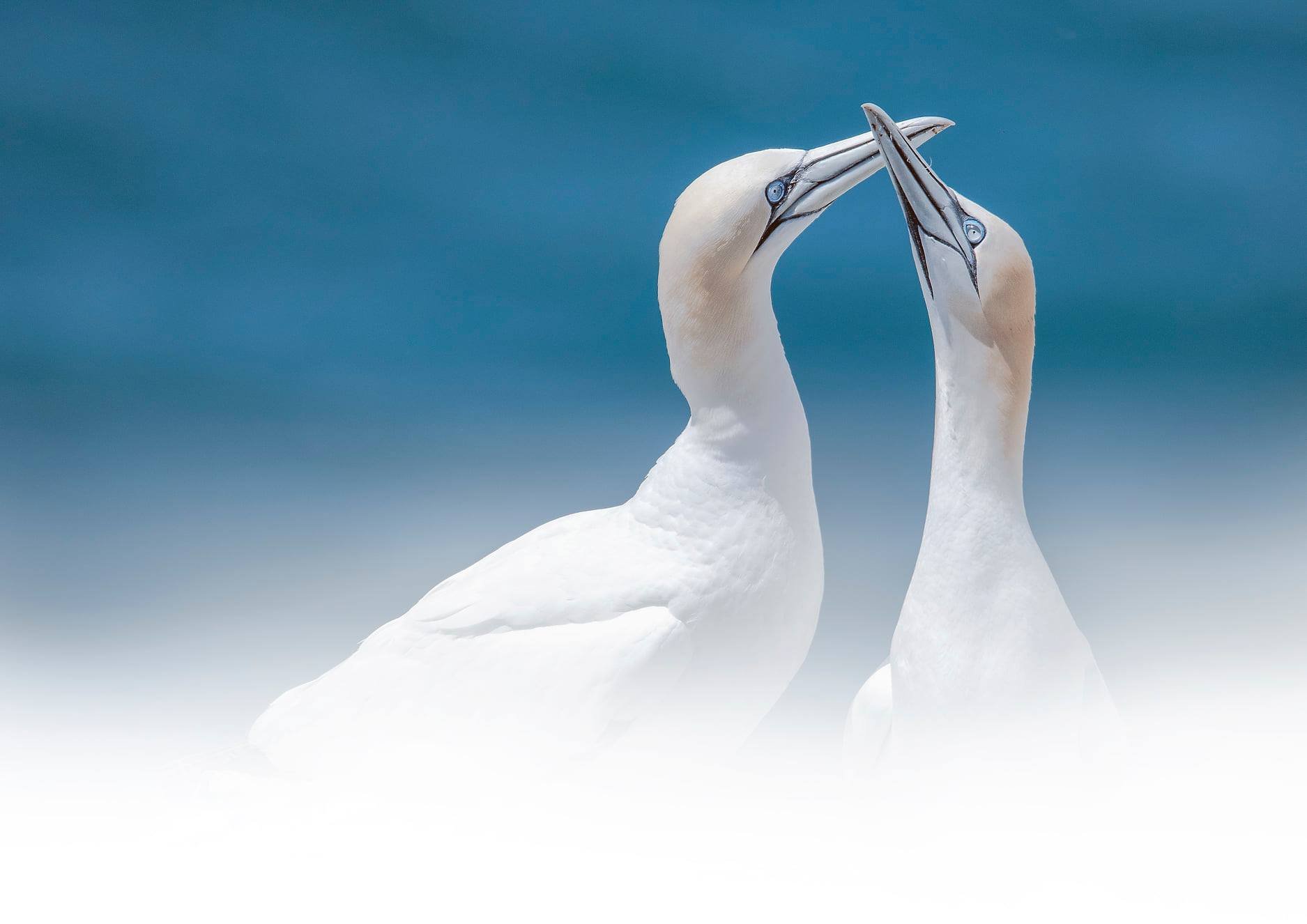5 Must-Have Accessories Every Wildlife Photographer Should Have
For wildlife photographers, having the right accessories can make a significant difference in capturing stunning images while staying comfortable and prepared in various outdoor conditions. Here are five must-have accessories for every wildlife photographer:
Telephoto Lens: A high-quality telephoto lens is essential for wildlife photography, allowing photographers to capture detailed shots of distant subjects without disturbing them. Look for lenses with long focal lengths (300mm and above) and fast apertures for sharpness and flexibility in low-light conditions. Consider options with image stabilization to minimize camera shake and ensure crisp images, especially when shooting handheld.
Tripod or Monopod: While telephoto lenses provide magnification, they can also magnify camera shake, making it challenging to achieve sharp images, especially in low light or when using slower shutter speeds. A sturdy tripod or monopod provides stability and support, enabling photographers to capture sharp, well-composed images, particularly during extended shooting sessions or when using heavy gear. Look for lightweight, durable options with quick-release mechanisms for easy setup and adjustment in the field.
Camera Backpack or Bag: A reliable camera backpack or bag is essential for transporting and protecting your gear while exploring wildlife habitats. Choose a backpack with padded compartments and customizable dividers to securely store your camera body, lenses, accessories, and personal items. Look for features like weatherproof construction, ergonomic design, and comfortable padding for long hikes and outdoor adventures. Consider backpacks with additional compartments for water bottles, snacks, and other essentials for extended shoots in remote locations.
Field Guide and Wildlife Reference Books: Knowledge of wildlife behavior, habitats, and identification is crucial for successful wildlife photography. Invest in field guides and wildlife reference books specific to the regions and species you plan to photograph. These resources provide valuable information on animal behavior, preferred habitats, seasonal patterns, and conservation status, helping you anticipate and capture unique moments in nature. Consider digital versions for convenience and portability in the field.
Weather Protection Gear: Wildlife photography often involves spending extended periods outdoors in unpredictable weather conditions, from scorching sun to rain, wind, and snow. Equip yourself with weather protection gear to ensure comfort and safety while shooting in the elements. This may include waterproof and breathable outerwear, insulated layers, hats, gloves, and protective covers for your camera gear. Additionally, consider investing in lens hoods, UV filters, and lens cloths to shield your equipment from dust, moisture, and lens flare.
By investing in these essential accessories, wildlife photographers can enhance their shooting experience, maximize their creative potential, and capture breathtaking images of the natural world.
You should also read my post on the most important skill wildlife photographers should master. Read that here





